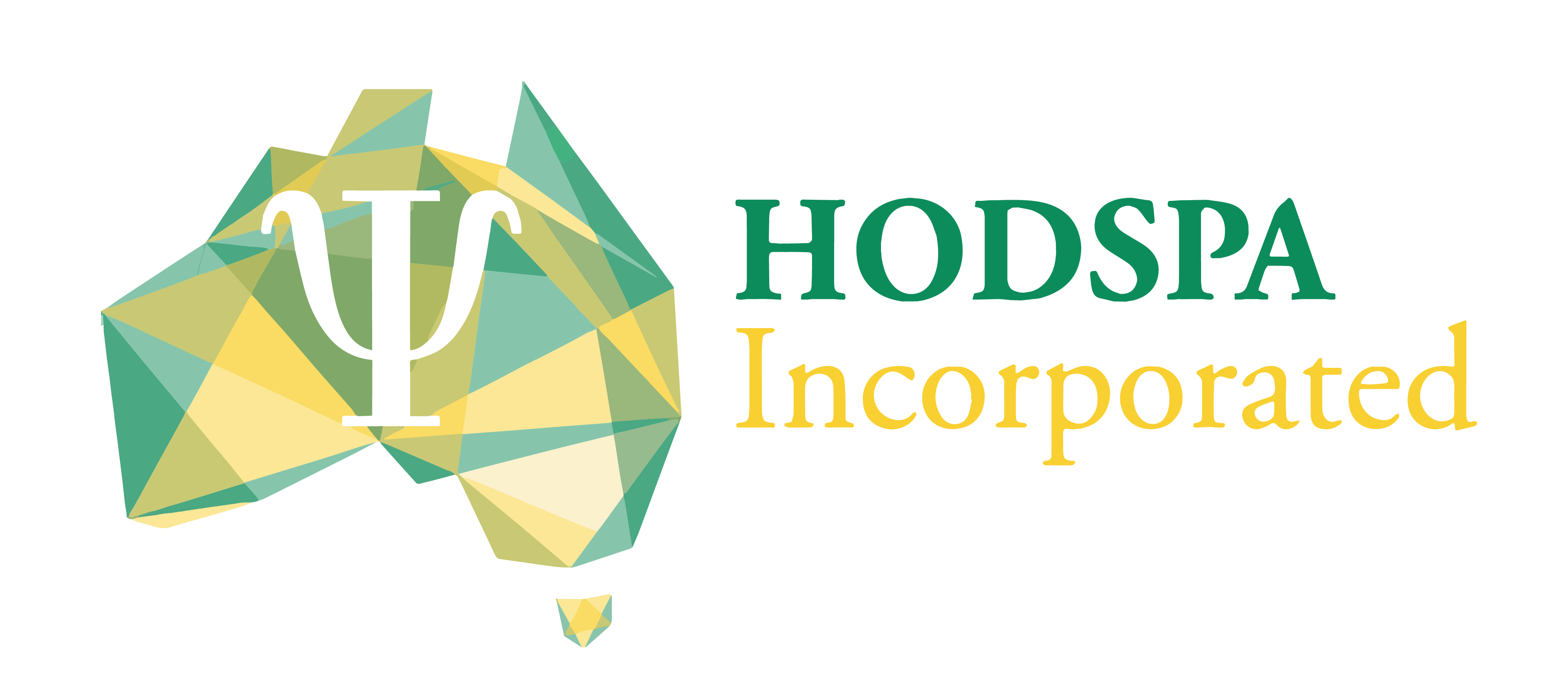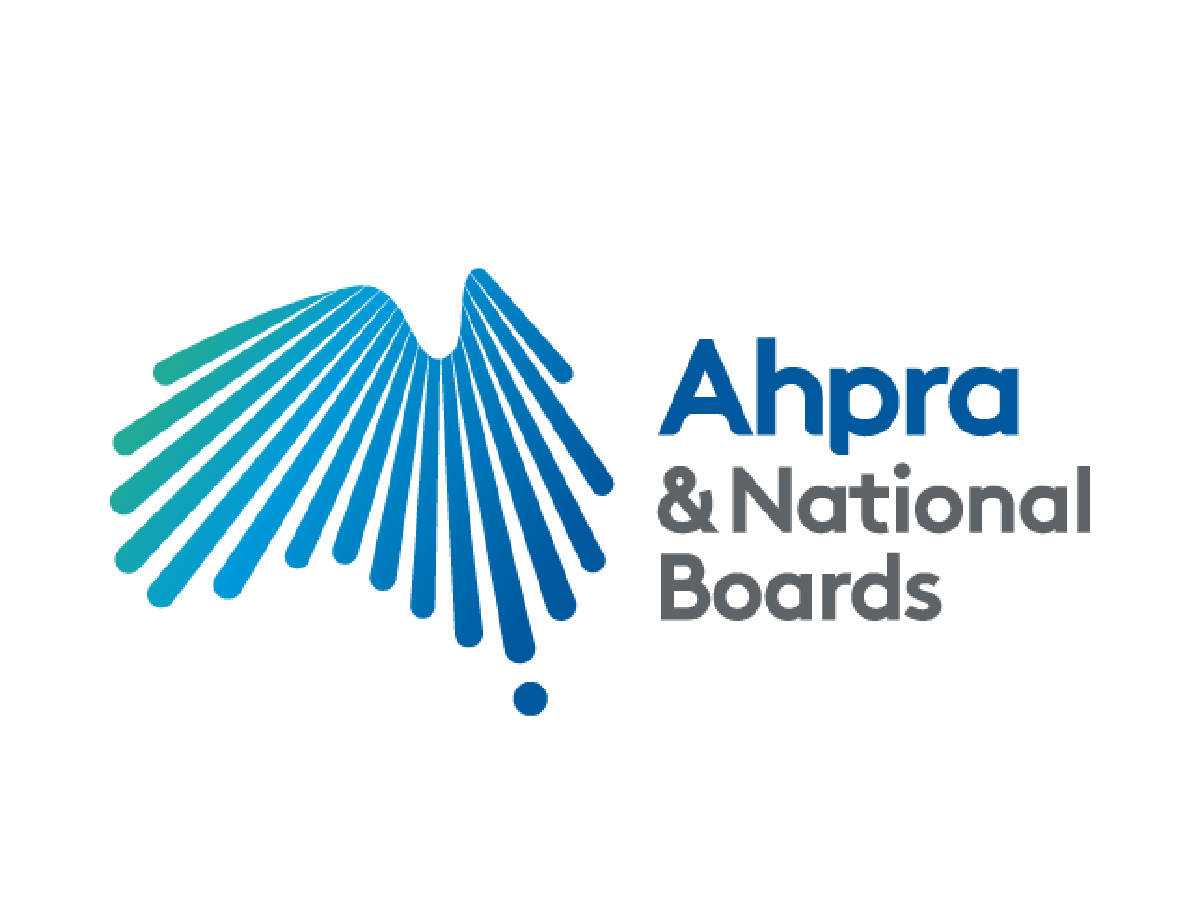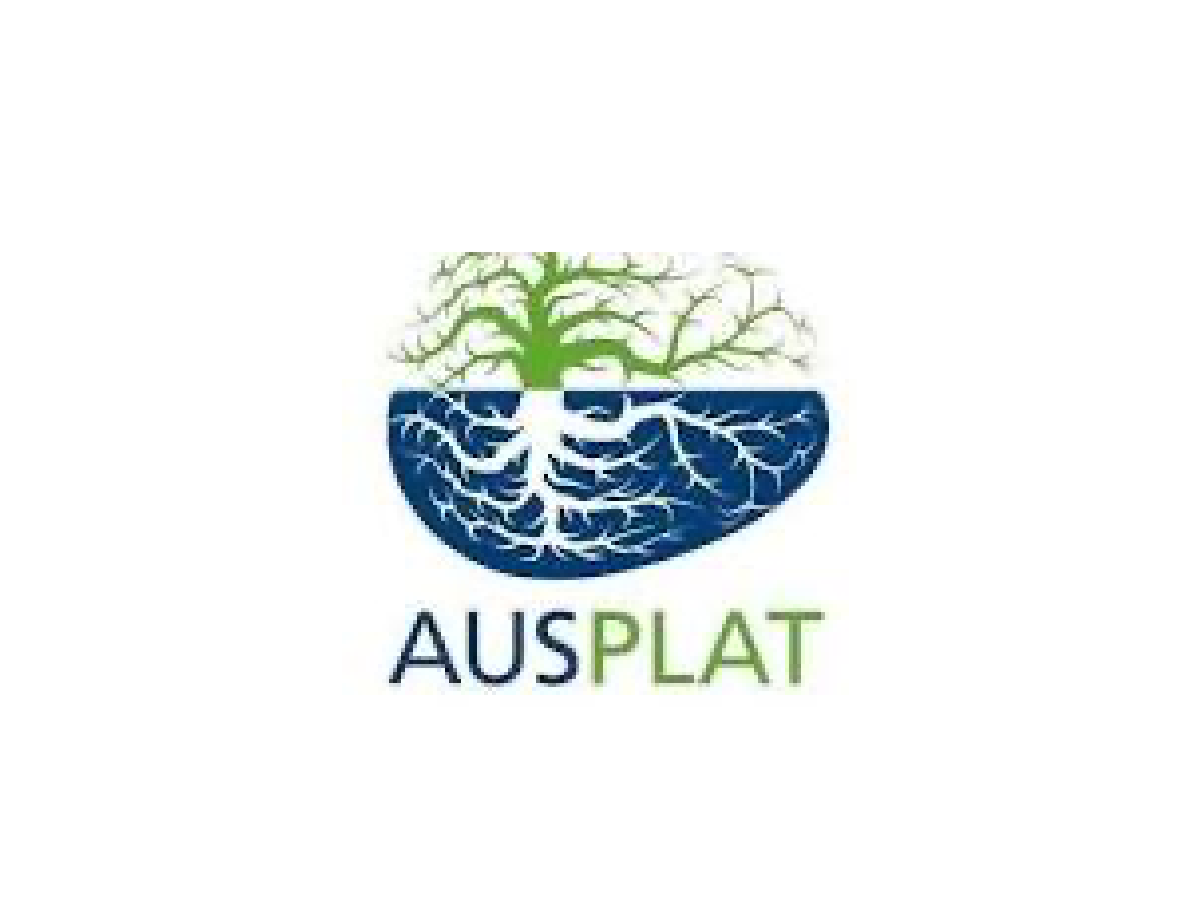It is very difficult to get the exact number of students completing a degree in psychology. I will go through the issues.
Undergraduate (Pass)
It might seem easy to get the number of students completing an undergraduate degree in psychology. It is not. I have resorted to getting the load in the various degrees where load is measured in Equivalent Full-Time Student Load (EFTSL). This is basically the load of a student who completes 8 subjects across the academic year at the undergraduate level. The changes over the years in Pass degree load in psychology by State are illustrated in Figure 1[1]. There has been significant growth in undergraduate load in psychology over the years. However, translating this into the number of students doing psychology is difficult. First, the load includes students who are completing their degree Full-Time and Part-Time. In the case of the latter, two students might be taking 4 subjects each across the year. Although there are two students, they make up one EFTSL. They will take longer to finish their degree, but there are two of them. Second, the load reported for subjects in Psychology includes not only those students pursuing a degree in psychology, it also includes any student doing a subject(s) in psychology, but completing another degree, e.g., biology, mathematics, or sociology. Third, some universities do not report their load as in psychology. They may report it as load in Arts or Science. Thus, even when we obtain the load in subjects defined as psychology, there may be some missing.
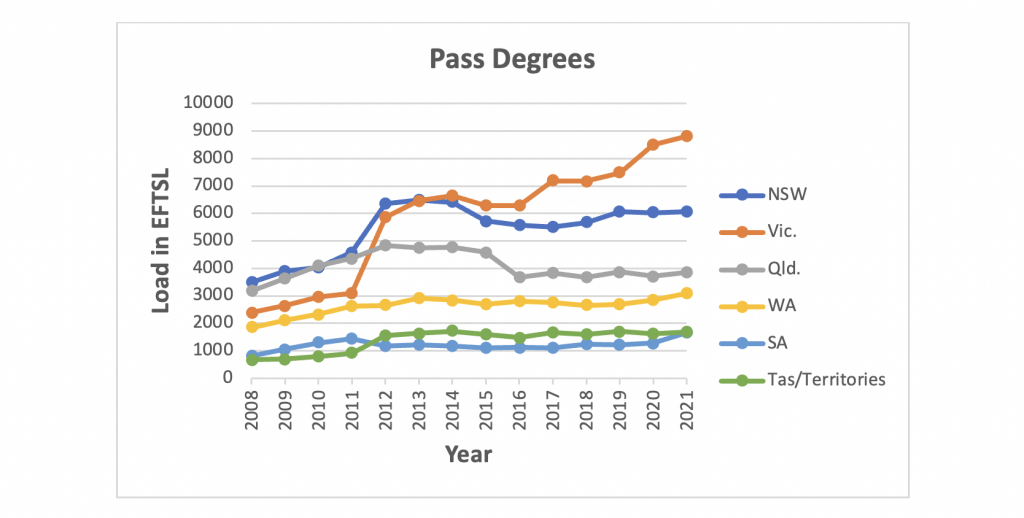
Figure 1: Pass degree load by State by year.
You might think that a simple alternative would be to ask each institution how many students are completing an accredited sequence in psychology, by year. Unfortunately, while some institutions can provide this data, a number cannot. In some cases, a student does not have to specify their major until graduation. Hence, you do not know if they are completing a degree in psychology until they finish. Further, some institutions do not break down who is doing what in their generalist degrees, e.g., Bachelor of Arts or Bachelor of Science. There are a number of institutions who have an accredited sequence in undergraduate psychology, but report no one graduating in the discipline, because all students in a generalist degree are reported as completing, again a Bachelor of Arts or a Bachelor of Science.
Thus, you have to guestimate the number of people doing an undergraduate Pass degree in psychology. And, remember that the degree takes at least 3-4 years meaning that any number has to take into account that students are at different stages across several years.
4th year (typically Honours)
Discovering the number of students completing a 4th year in psychology, typically Honours, would appear simple. It is a one year degree, most students are Full-Time, and it is all psychology. This was true until quite recently. The load in 4th year psychology was a good approximation of the number of students completing 4th year. Alas, that is no longer the case. Many students now have a Bachelor of Psychology (Honours) degree, which allows students to move smoothly into 4th year as long as they maintain a certain academic standard[2]. However, a problem has arisen in that some institutions include all of the load in such a degree as ‘Honours’ load. Thus, the load they report is the total across all 4 years. Now, the only way of determining how many people are completing a 4th year is to go directly to the institutions and ask them, which we did recently, as shown in Figure 2.
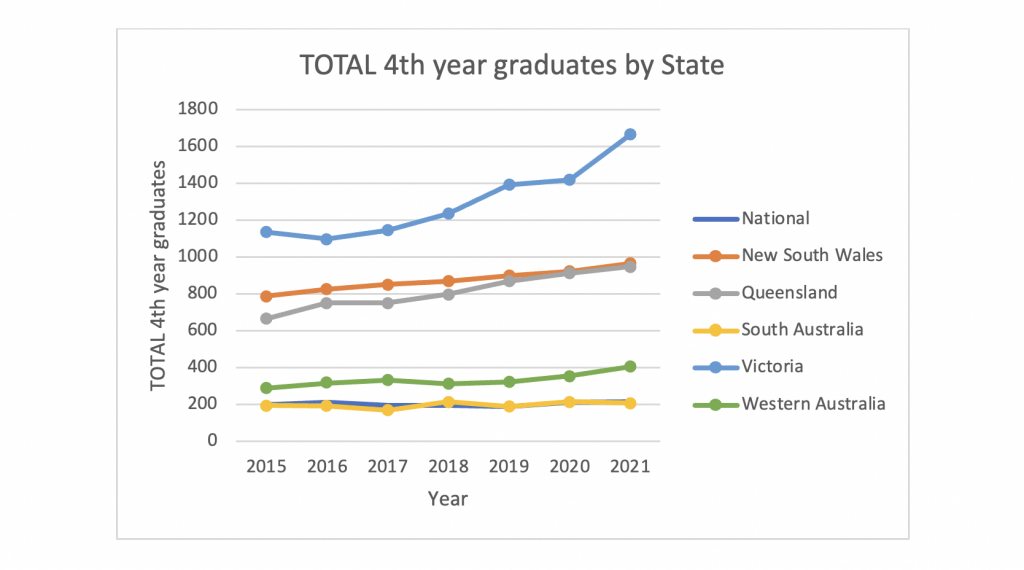
Figure 2: Numbers graduating from a 4th year program in psychology by State by year.
Professional Programs
Surely, it should be easy to determine the people commencing one of the professional programs? It is simpler than determining load in the undergraduate degrees, but load is still not a perfect match for number. And again, it will get worse because the load in the newer Master of Professional Psychology is now added to the load in the ‘specialist’ Master programs. However, upgrades to the Australian Practitioner Regulation Agency (APHRA) IT systems may make it easier to determine the exact number of people entering the various professional programs. Here’s hoping! You can of course ask each institution what their numbers are and I did this recently for students commencing in 2023, as shown in Figure 3.
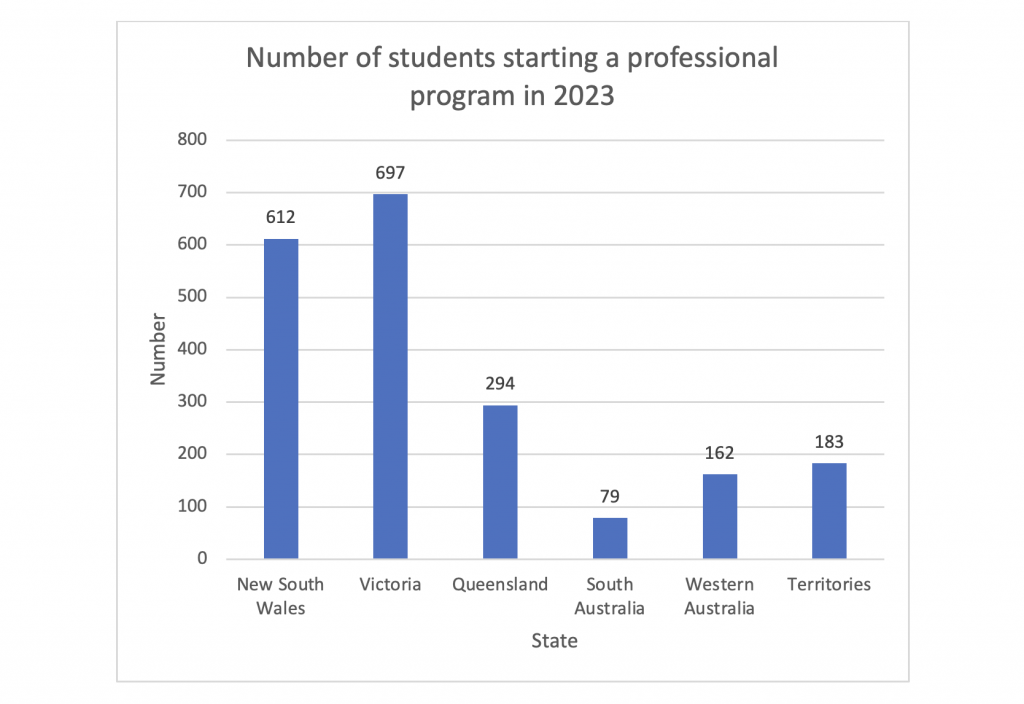
Figure 3: Number of students commencing a professional program in 2023 by State by year.
Research Degrees
Finally, it should be much easier to determine those people completing a research degree in psychology[3] because there are fewer of them (see Figure 4.) As you can imagine, the answer is ‘no’. We can get the load and work from that. Here the problem is again determined by how the load is categorised. So, you will find some very prestigious institutions, with no research load in psychology. They do have such load, but they may have categorised it in a different way, e.g., science. Unfortunately, there is no category science/psychology. If you ask for the research load in science that is what you get, a big number that goes well beyond psychology.
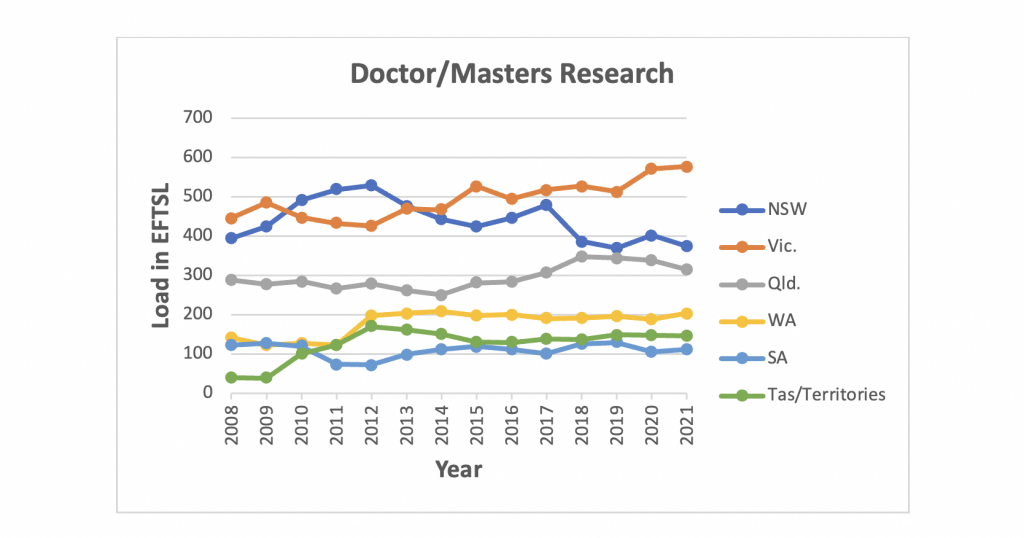
Figure 4: Doctoral/Masters research degree load by State by year.
In sum, to get the numbers you have to do some informed guessing. However, it is easy to tell when a number is wrong. For example, towards the end of 2022, an article was published in the Age and Sydney Morning Herald claiming that only 1% of students entering psychology would get a place in a professional program at university. A quick thought experiment shows that this is absurd. Consider that we are talking about specialist programs in psychology leading to an Area of Practice Endorsement[4]. There are about 1,000 new places each year in specialist programs. If this 1,000 represents 1% then 100,000 students must graduate with a psychology degree each year. This is of course ludicrous. Clearly, journalists do not check their sources anymore.
Psychology is in good health. The undergraduate program is well-regarded[5] and there is significant demand for places in professional and research degrees. There are issues, in my opinion, with the number and nature of the professional programs. However, with goodwill psychology should be able to address these.
[1] I have combined the numbers for the universities from the ACT, namely, the Australia National University and the University of Canberra, Australian Catholic University, Charles Darwin University, and the University of Tasmania. The Federal Government provides us with these numbers on the understanding that no individual university can be identified. It is also worth mentioning that while many institutions are multi-campus, with campuses in different States, only the Australian Catholic University is regarded as a multi-State University. Every other institution is given a home State/Territory and all load is allocated to that State or Territory. Finally, all of the private providers are included in these numbers.
[2] My colleagues and I introduced the first such degree at Flinders University back in the md-90s.
[3] Incidentally, these people are the best paid upon graduation and the most satisfied with their psychology degree.
[4] Upon completing the 2-year Master program, you then have to complete a 2-year Registrarship. Upon completion of the Registrarship, you can call yourself, e.g., a clinical psychologist, a forensic psychologist etc. There are 9 specialties at present.
[5] “What do psychology graduates really think of their undergraduate degree?” InPsych, Spring 2022, 68-73
